Sign up for workout ideas, training advice, reviews of the latest gear and more.

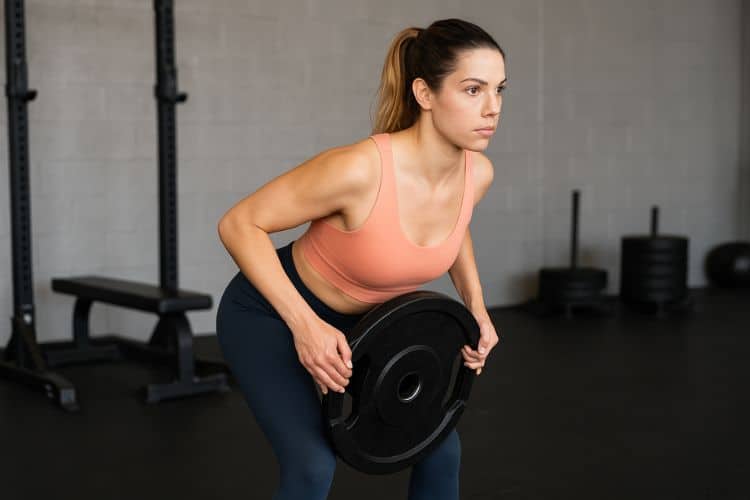
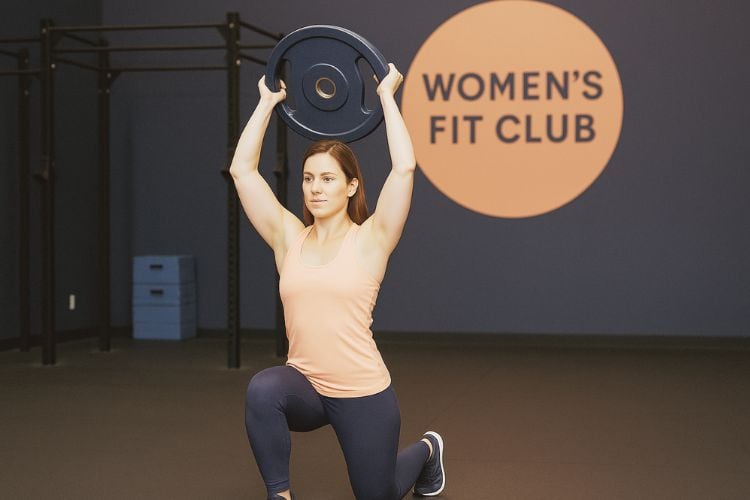
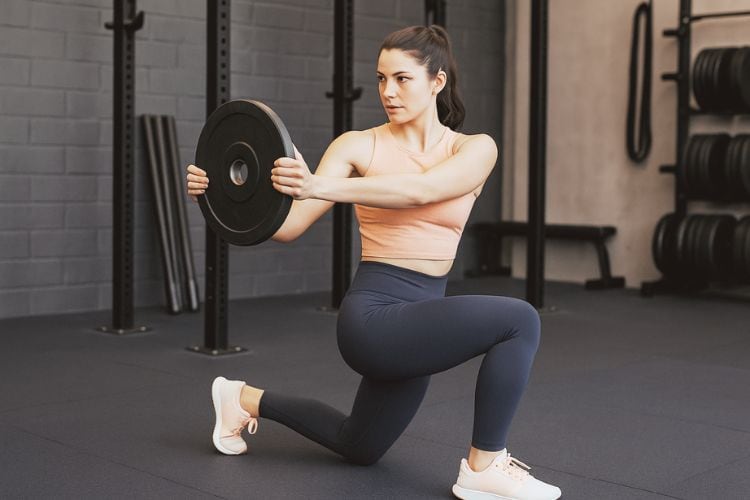
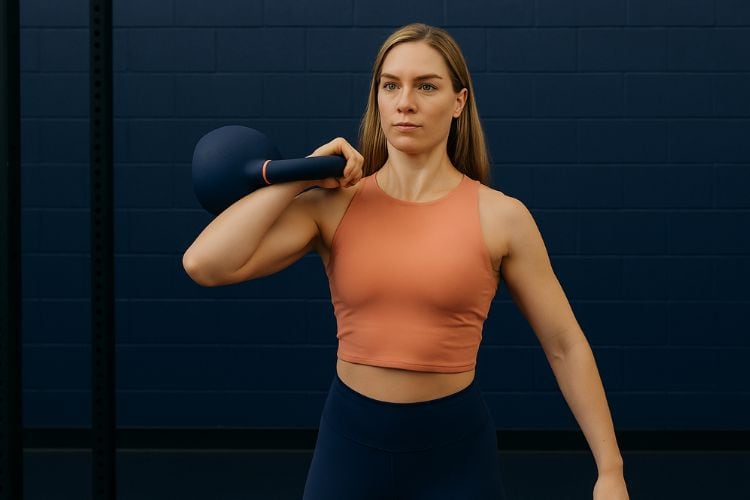
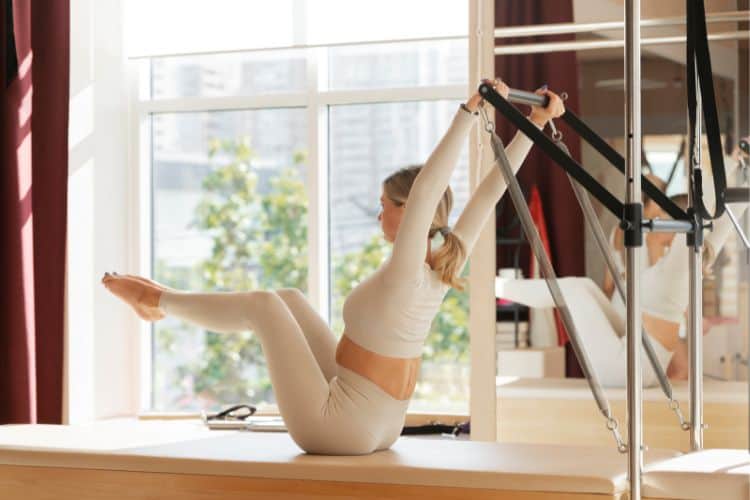
Pilates has gained widespread popularity for its ability to strengthen the core, improve flexibility, and promote overall body awareness. Whether you’re a beginner or an advanced practitioner, a well-structured Pilates workouts program can enhance your posture, increase muscle tone, and support injury prevention. This guide breaks down everything you need to know about Pilates—from its benefits and foundational principles to sample routines and tips for staying consistent.
Pilates is a low-impact exercise method developed by Joseph Pilates in the early 20th century. It focuses on controlled movements, alignment, and breathing to strengthen muscles, particularly the core or “powerhouse” of the body.
Incorporating Pilates into your fitness routine offers numerous physical and mental health benefits:
Pilates strengthens deep abdominal and spinal muscles, improving balance, posture, and functional strength.
Pilates encourages dynamic stretching and joint mobility, making your body more limber and less prone to injuries.
Through focused movement, Pilates helps correct muscular imbalances and align the spine properly.
Mindful breathing and body awareness during Pilates enhance relaxation and mental focus.
Pilates is widely used in physical therapy due to its controlled movements that support recovery from injury.
There are two main categories of Pilates workouts:
Mat Pilates involves bodyweight exercises performed on a yoga or Pilates mat. It requires no special equipment and is ideal for at-home practice.
This form uses a reformer machine with springs and pulleys to provide resistance. It’s often practiced in studios and allows for a greater variety of movements.
Starting a Pilates program can be simple if you follow a progressive approach that aligns with your fitness level and goals.
Are you aiming to improve posture, tone your muscles, or recover from injury? Clear goals help you select the right style and intensity.
Beginners should start with mat Pilates to build a solid foundation. As you progress, you can incorporate reformer workouts or advanced exercises.
Aim for 3 to 4 sessions per week, each lasting 20–60 minutes depending on intensity.
Proper technique is crucial. Consider taking a few classes with a certified instructor to ensure you’re performing exercises correctly.
Here’s a balanced 7-day Pilates program suitable for beginners and intermediate practitioners:
For home practice, a few simple tools can enhance your Pilates experience:
Set specific days and times to practice. Add it to your calendar just like any other appointment.
Use a journal or fitness app to note improvements in flexibility, strength, and how your body feels.
Alternate between mat and reformer Pilates, add props, or try different instructors to keep things engaging.
Group classes offer motivation, while online programs provide flexibility. Apps like Alo Moves, Glo, and Pilates Anytime are excellent options.
Start with foundational movements like:
Focus on learning proper form and alignment before increasing intensity.
As you build strength and confidence, incorporate:
You can also explore props like resistance bands and Pilates rings.
Advanced practitioners can perform complex exercises such as:
These exercises require a strong core and excellent body control.
Gentle mat-based Pilates helps improve balance, reduce joint pain, and maintain mobility.
Prenatal Pilates can relieve back pain, strengthen pelvic muscles, and improve breathing. Always consult a doctor and work with certified prenatal instructors.
Pilates complements sports training by enhancing body awareness, flexibility, and core strength.
Aim for 3 to 4 times a week for noticeable improvements in strength, tone, and posture.
Pilates alone may not burn as many calories as cardio, but it builds lean muscle and improves metabolic health. Combine it with a healthy diet and cardio for best results.
Yes, especially if you alternate focus areas and include recovery-based sessions.
Yes, many Pilates movements are designed to support spinal alignment and reduce back discomfort. However, consult a doctor or physical therapist before starting.
Pilates is more than just a workout—it’s a practice that strengthens the body, sharpens the mind, and enhances overall well-being. Whether you’re a total beginner or an experienced mover, a well-designed Pilates workouts program can help you achieve better posture, stronger muscles, and a calmer mind.
With minimal equipment and a focus on mindful movement, Pilates can be practiced anywhere—from your living room to a professional studio. Start today, and feel the difference it makes in your body and life.
Stay up to date on the latest women’s health, fitness and lifestyle trends and tips.